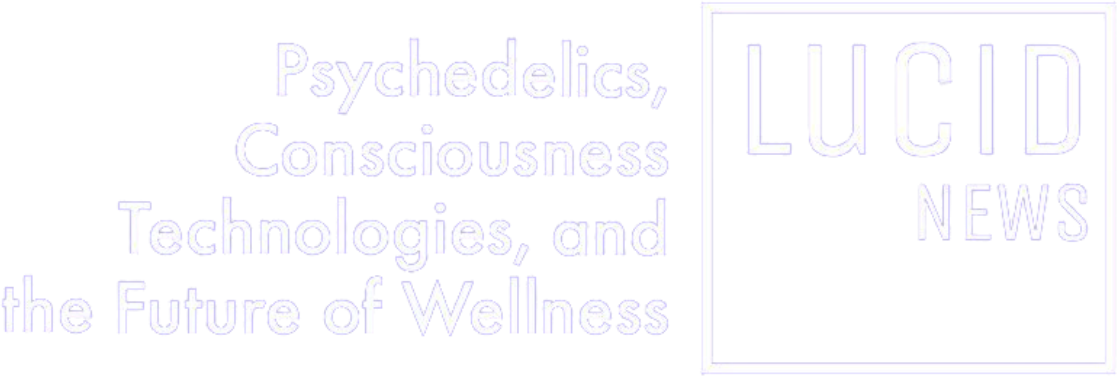Michael Pollan’s Adventures with Opium, Caffeine and Mescaline

A food-minded reader who skims through Michael Pollan’s new book, This is Your Mind on Plants, might wonder, “What happened to the culinary writer?” He used to write informative books that examined how food is produced and how it ends up on our plates, but now all he can write about is how certain plants function as psychoactive drugs once we digest them. First, there was How to Change Your Mind (2017), a book about the healing power of psychedelics, and now a new book that discusses, among other things, how to make opium tea from poppy plants and how to procure mescaline from the San Pedro cactus.
To be fair, the surprised reader has not really been paying attention. Pollan is doing what he has always done: he writes engaging narratives about the cultural history of plants and food. The Botany of Desire, an early bestseller, offered a cultural history of various plants and foods—apples, tulips, cannabis, and potatoes. One of Pollan’s key tropes is the social construction of food and plants and how particular products of nature become “taboo” or “illegal” at certain moments in history. This is Your Mind on Plants features case studies on three plants which happen to produce a strong psychoactive response once they are ingested: poppies/opium, coffee beans/caffeine, and San Pedro cactus/mescaline. In each chapter, the author is also specifically concerned with how these products derived from nature are scrutinized, socially labeled and, in some cases, aggressively policed by the government. Pollan even points out that when caffeine was first introduced to England and France in the 17th century, government leaders thought it was a dangerous drug that leads to intrigue and revolt. As with all of Pollan’s books, the author engages in participatory journalism in each of his case studies; he makes a point of ingesting various psychoactive plants and describing the experience to his readers.
Pollan’s first chapter revisits an article (“Opium Made Easy”) that he published in Harpers in 1997. The article is worth reconsidering not only because it is one of Pollan’s best investigative pieces, but also because it speaks to our cultural moment and offers a view from the trenches account of the War on Drugs in the 1990s. While growing some scarlet poppies (Papaver somniferum) in his garden in Connecticut, Pollan wonders if he can make opium tea from his poppies. What will it taste like? Will the author have fantastic visions like the ones that appear in Thomas DeQuincey’s 1821 book, Confessions of Opium-Eater? Pollan’s innocuous horticultural experiment goes awry when he happens to contact Jim Hogshire, the author of Opium for the Masses, a do-it-yourself guide to harvesting poppies and making homemade opium. A week after Pollan sends his email, Hogshire is the victim of DEA raid on his house; a SWAT team knocks down his door and seizes his poppy seeds, a small amount of cannabis, firearms, test tubs, and a jar of prescription pills. When Pollan learns of the raid, he becomes convinced that the DEA is on his trail because they have access to Hogshire’s email account. At this point, Pollan begins to worry about all the scarlet poppies in his garden, and starts having Kafkaesque nightmares: will the DEA decide to raid his house and garden after they read his email? Moreover, what will the DEA think of “Opium Made Easy”? They obviously were not delighted with Hogshire’s Opium for the Masses.

The new version of “Opium Made Easy” presents a behind-the-scenes look at Pollan’s fraught legal situation. Before Pollan publishes his article in Harpers, his lawyer offers what can only be described as a brutal reading of it: Pollan learns that the act of making opium tea is actually “manufacturing narcotics” and the act of publishing a recipe for opium tea is “promoting drug abuse.” In short, his article is a veritable “bonfire of self-incrimination” because it documents when and where and how he committed various federal crimes.
After receiving legal advice from multiple lawyers, Pollan eventually decides to publish “Opium Made Easy,” but he censors the section that features his trip report and his recipe for making opium tea. Some thirty years later, Pollan is clearly still bothered by his “prudent” act of self-censorship. To remedy the situation, he locates the offending chapter on an old floppy disc and publishes it in its entirety. The author’s act of literary excavation is fascinating because it lays bare the absurdity of criminalizing products of nature; it unveils how the DEA can legally justify persecuting poppy gardeners who choose to write about their findings. Pollan can’t help notice the irony of the situation: while the author was benignly sipping opium tea on his back porch, Purdue Pharma, also located in Connecticut, was aggressively pushing OxyContin through Federal Drug trials and launching the legal drug that would produce the opioid crisis.
Pollan’s second chapter, on caffeine, might be a routine affair.He could simply visit Colombian coffee plantations and pick coffee beans while sampling exquisite coffees from around the globe. However, the author quickly grasps that this approach to the subject will produce an unengaging article. Instead, Pollan ingeniously finds a way to inject himself into the narrative: he decides to abstain from drinking his favorite beverage for some three months. The author’s masochistic exercise yields some impressive results as it allows him to viscerally understand caffeine’s powerful effect on the mind and the nervous system. After several days of not drinking coffee, he notices that he is unable to focus for extended periods of time. As each day goes by he feels like an “unsharpened pencil” and wonders: is this how people with Attention Deficit Disorder (A.D.D.) feel?
When deprived of coffee, Pollan begins to feel resentful as he strolls through the Oakland Airport at 6 a.m. and notices a long line in front of the Starbucks and thinks to himself, “These people are pathetic.” Pollan deduces that his transformation into a curmudgeon is certainly a byproduct of his abstention from caffeine. However, the author also learns that there are positive benefits that he cannot ignore: the quality of his sleep improves immensely. However, like all good addicts, the author faithfully returns to coffee at the end of his chapter.
After three months of abstinence, caffeine becomes a powerful affective experience that allows the author to be hyper-focused and willing to tackle tedious domestic chores with enthusiasm. At the end of his experiment, Pollan adopts a more philosophical view of caffeine: it should be used in a more selective fashion; therefore, he opts to drink it only when he desires additional focus and lucidity. Above all, he stresses the need for greater autonomy and vows to not let caffeine control him in the future.
If there is a tendency in the media to lump all psychedelics and their effects under one a “one size fits all” experience, Pollan attempts to avoid this fallacy by describing the unique and very particular effects of mescaline, a psychedelic drug that often plays second fiddle to LSD and magic mushrooms. Pollan’s final chapter begins with the author’s attempt to arrange a ceremonial mescaline trip with a Native American healer in Laredo, Texas. When the pandemic intervenes and eliminates the possibility of travel, Pollan is forced to design his own trip. Once he procures some mescaline (no easy task these days) he arranges a holiday at a seaside residence—a house built on stilts above salt water.
Perhaps the best part of Pollan’s trip report is his Huxleyan analysis of how psychedelics disrupts the “reducing valve” of normal and sober consciousness by enlarging what the brain allows in: “the brain’s predictions about reality go haywire, as when you see faces in the clouds or musical notes that leap to life or something happens to convince you you’re being followed.” Moreover, “top down predictions by the brain are no longer adequately constrained, or corrected, by the bottom up information arriving from the world via the senses.” In this case, Pollan points out that the act of turning rational consciousness upside down can be both liberating and cathartic.
In Pollan’s final mescaline experience, the author and his wife participate in a ceremonial mescaline trip that incorporates the San Pedro (Wachuma) cactus. Pollan, a professed rationalist, learns to submit to the power of the collective experience: “the group becomes a kind of living, breathing organism, something greater than the sum of the individuals present. I could see—feel—how the medicine softens the edges of the self and world in a way that amplifies the power of the ritual by taking us out of ordinary time…” There are also moments when the author breaks the fourth wall of the ceremony and offers his own sober assessment of the ritual. In all of Pollan’s psychedelic writings, there is often a tension between his rational self and the mystical/sacred experience that encompasses him. In this case, Pollan learns to suspend his rational self and allows himself to be moved and transformed by the power of the Wachuma ceremony.
Pollan’s dialectical approach to psychedelics—the tension between a rational understanding of the drug experience and a full-scale surrender to the irrational perspective—is what makes the last chapter of This Is Your Mind on Plants so engaging. In the context of the Psychedelic Renaissance, Pollan functions as a reliable narrator who introduces psychedelic exploration to the unconverted readers who are often skeptical about the efficacy of psychedelics. In the growing movement to medicalize psychedelics, Pollan’s work is increasingly important because he is responsible for disentangling psychedelics from what might be described as the use/abuse paradigm: the belief that all illicit drugs inevitably lead to addiction and drug abuse. However, the act of destigmatizing psychedelics is not the author’s only aim in This is Your Mind on Plants., Pollan is also keenly interested in reintroducing the Huxleyan tradition of cultivating spiritual and aesthetic experiences with psychedelic drugs.
This Is Your Mind on Plants By Michael Pollan 288 pp. Penguin Press. $28.
Featured Image: Nicki Adams








